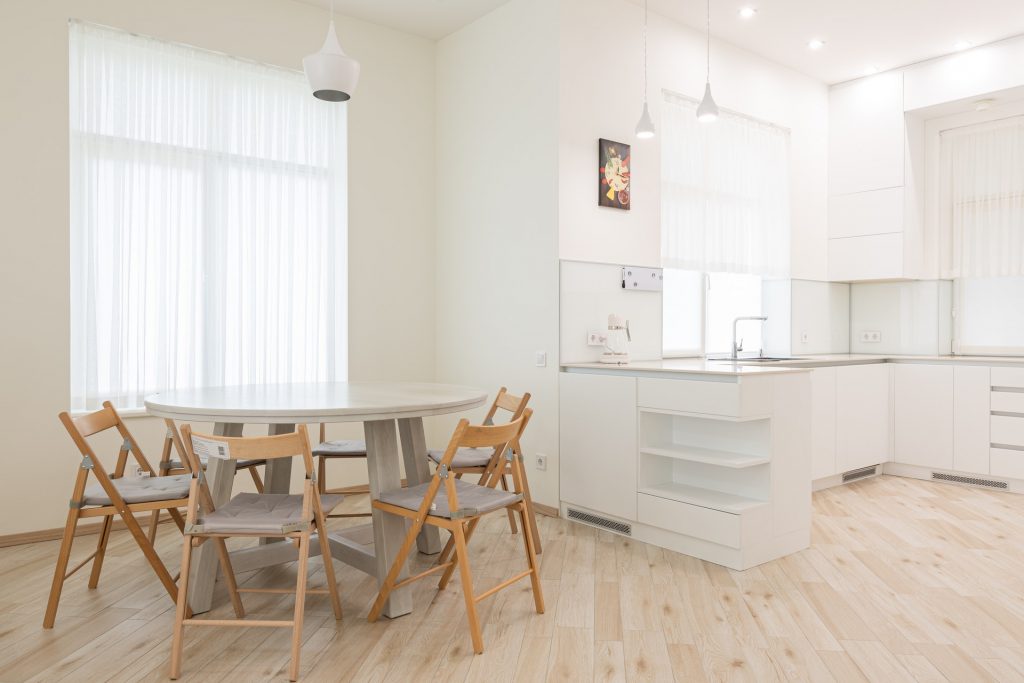
You can purchase property for cash, of course, and if you have it, this can be the best way to get a great price. What if you don’t have the cash? Here are some of you other options.
Partner To Purchase Property
Join the local real estate investing group in your town. Then start taking notes, names, and numbers. Our group here in Tucson meets once a month. The best part of the meeting is the “I have / I want” part, where anyone can stand up and tell the rest what they are looking for, or what they have to sell. I have a list of people now that are looking for everything from mobile home parks to fixer-upper homes.
How do you use this information to purchase property? Here is one of several ways: Make an offer on a property, and include in the offer the right to assign to someone else or bring in a partner. Call the people on your list until you find one that will put up the down payment or arrange financing as a partner.
I announced that I had some money at one meeting, and three days later got a call from a couple that had the financing and down payment on a project arranged, but needed a partner to bring in the money to rehab the property. If the deal is good, you can find the money. If you don’t have a real estate investors group nearby? Start one.
The Two-Note Technique
This creative way to purchase property sounds more complex than it is. You make an offer for, let’s say, $360,000 on a rental property, when the seller is asking only $350,000. Why, if the seller is asking $355,000 and probably only expects to get $340,000, do you offer more than the asking price? Because the seller will be financing the whole deal, and he needs cash, so you’ll be selling one of the loan notes. Let me explain.
You offer two mortgage notes, one for $300,000, and the other for $60,000. The payments on the first might be around $2,000, and $400 per month on the second. You’ll have total payments of $2,400 per month (Be sure you still have cash flow). As part of the offer, you arranged for the sale of the second note at closing for $45,000. That’s all a note investor is likely to pay for an “unseasoned note”. The seller gets $45,000 in cash, and payments of $2,000 every month for 30 years. The note investor gets your other payment of $400/month.
The numbers will be all different in every deal of this sort. Maybe you have some cash. Maybe the seller needs more cash, so the second note will have to be for a higher amount. Interest rates, balloons, and your credit rating all affect what a note buyer will pay for the note too. The point is that you can create cash out of seller financing, meaning you can purchase property with nothing down, or with less down.
No-Doc Loans
These loans used to be harder to find, and may still be in your area, but they’re everywhere around here right now. The idea is that you don’t need documentation of a job or even income, hence the name “no-doc.” The bank loans based on your credit score and the property. I can get 95% financing on a $300,000 house without any job or income right now.
The catch, apart from needing either great credit or a larger down payment, is that the interest rate will be higher. Now, suppose you find a $100,000 fixer-upper and can put the $5,000 down payment and the repairs on your credit cards. In this case, the few thousand in interest over the six months you own the house isn’t much if you intend to make a $25,000 profit.
On the other hand, the higher interest will really add up if you are going to live in the house for 30 years. At the moment, the banks around here seem to want about 2% more for these loans than for conventional mortgage loans, and that is a lot of extra interest over the years. Bottom line? No one way is right in all cases. That’s why you need to know many ways to purchase property.
